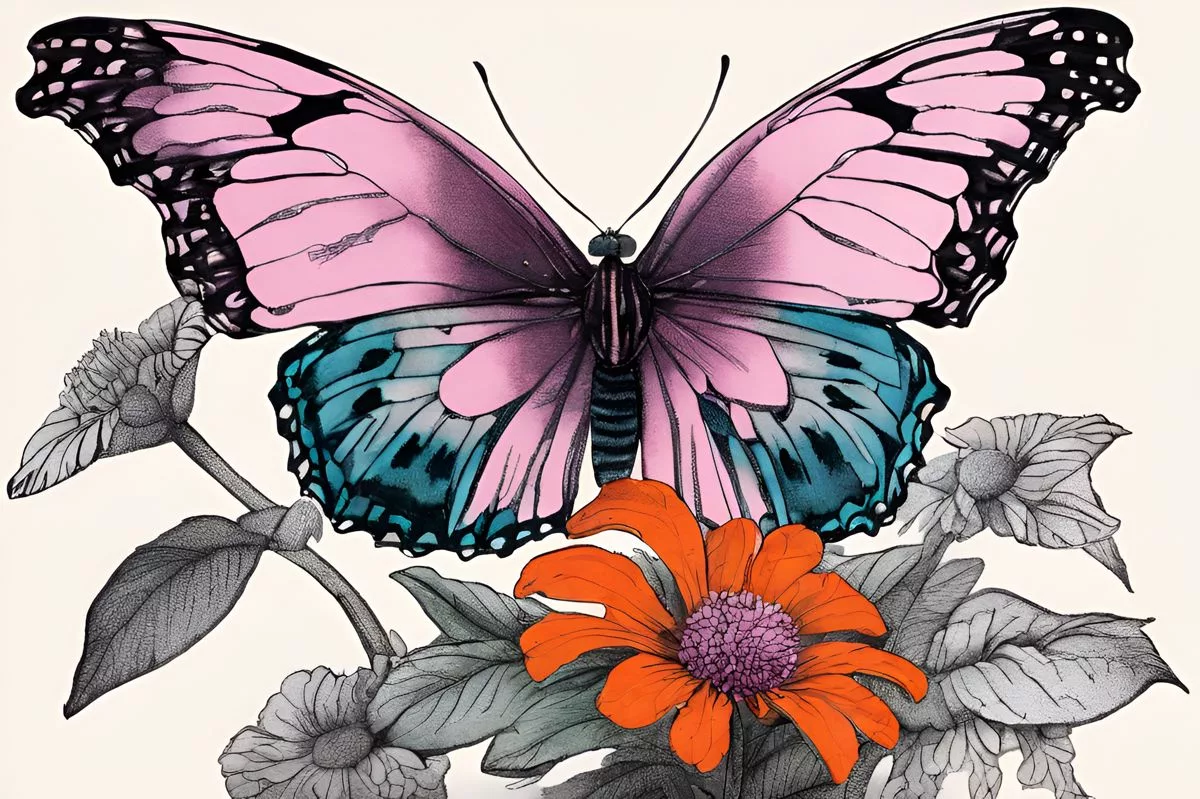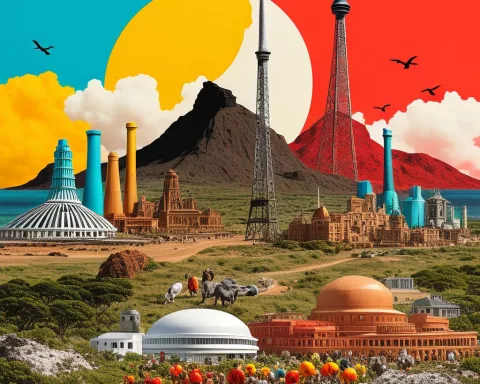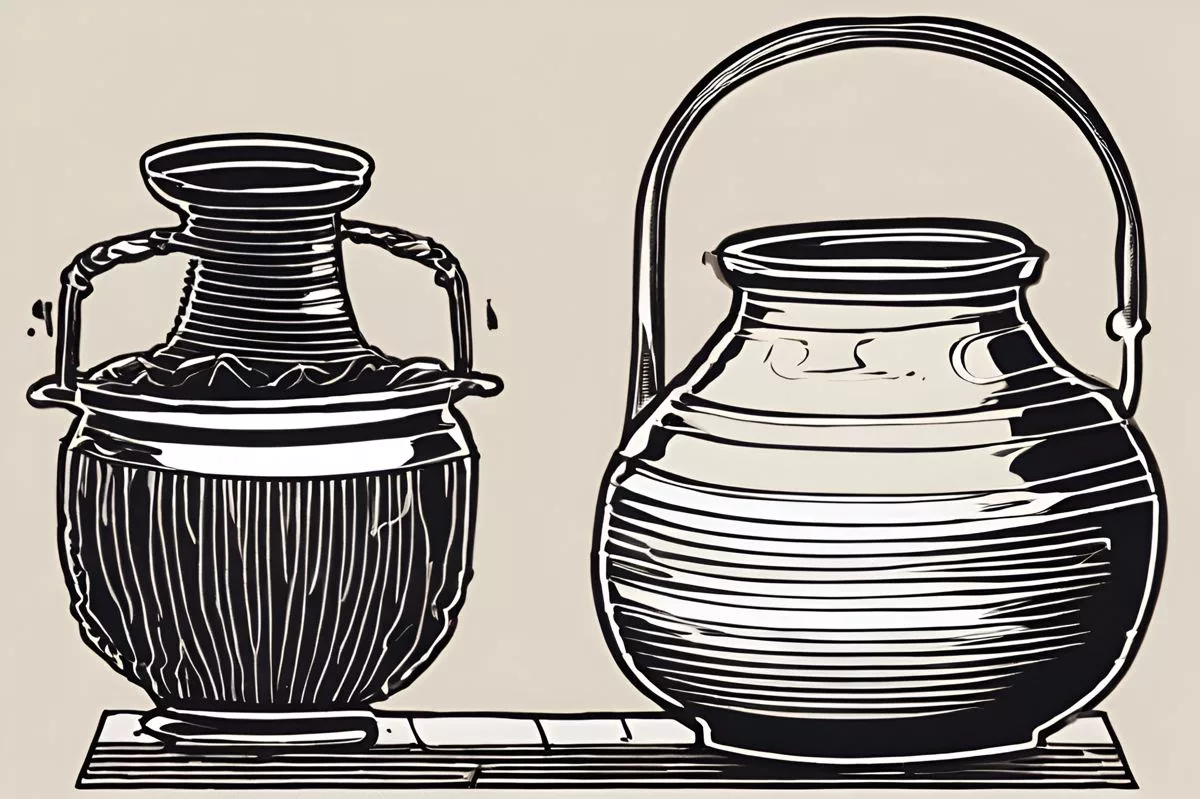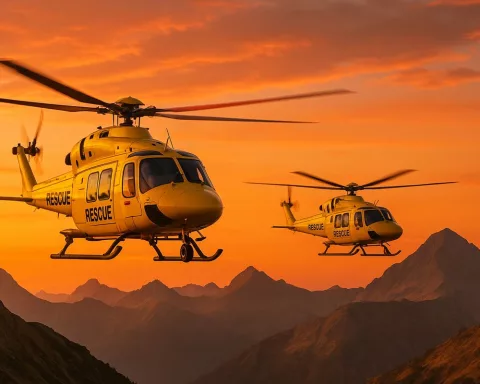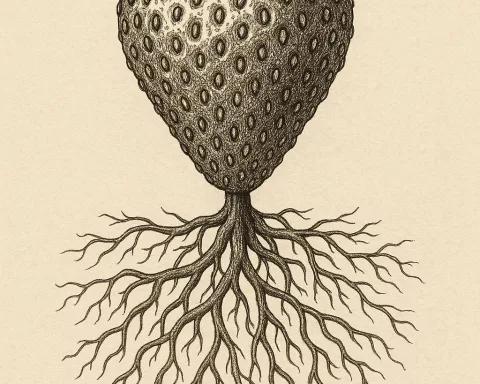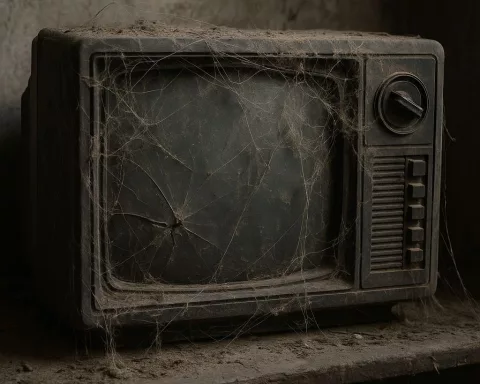South Africa has secured two positions on TIME Magazine’s World’s Greatest Places List, which features 100 extraordinary sites worldwide. The Grootbos Florilegium in Gansbaai is a museum celebrating South African flora and pollinators through a collection of close to 250 botanical representations and depictions of insects and butterflies. Meanwhile, Johannesburg’s Magugu House showcases the creative prowess of acclaimed fashion designer Thebe Magugu, functioning as both a retail outlet and exhibition space. These two establishments offer unique glimpses into South African culture, society, and aesthetics, affirming the country’s diversity and ever-evolving terrain.
What is TIME’s World’s Greatest Places List?
TIME Magazine’s World’s Greatest Places List is an annual catalogue of 100 extraordinary sites worldwide. It includes venues for accommodation and locations to discover, selected based on their capacity to present visitors with refreshing and exhilarating experiences. The list is created through extensive research, sourcing nominations from its vast network of global correspondents and contributors, as well as a comprehensive application process.
On this day, July 25th, a notable global event transpires. TIME Magazine, a prominent player in the realm of international journalism, has revealed its sixth annual World’s Greatest Places List. This year’s catalogue is an impressive display of 100 extraordinary sites worldwide, arranged under two predominant classifications: venues for accommodation and locations to discover.
The Making of the World’s Greatest Places List
The creation of this remarkable ‘list’ was no light task for TIME. Extensive research was invested, with the team scouting nominations from an array of places. These ranged from hotels, cruises, and restaurants to attractions, museums, and parks. The information was sourced from its vast network of global correspondents and contributors, alongside a comprehensive application process. The chief determinant was the capacity to present visitors with refreshing and exhilarating experiences.
Unlike the previous year’s list, which emphasized 50 cities, TIME has this year pivoted its attention to establishments. It selected entities that are not just frontrunners in their respective sectors, but also wield a significant influence globally. Out of these 100 exceptional locations, South Africa proudly secured two positions – the Grootbos Florilegium in Gansbaai and the Magugu House in Johannesburg.
South Africa’s Jewels: Grootbos Florilegium and Magugu House
Within the sanctuary of the Grootbos Private Nature Reserve in Gansbaai, Western Cape, lies the Grootbos Florilegium. This establishment deviates from a conventional museum. It pays homage to the splendors of the natural world on a microcosmic scale. The collection includes close to 250 botanical representations and depictions of insects, butterflies, and other pollinators. These works of art resulted from the combined efforts of 44 international artists. Since its establishment in September 2022, the museum has been consistently enriching its collection. Its mission is to kindle an appreciation for South African flora amongst visitors while also fostering a desire to protect it. This is achieved through organizing public tours and supporting local school programs via the sales of botanical prints.
Meanwhile, Johannesburg, Gauteng, houses the Magugu House. This venue is the creation of acclaimed fashion designer Thebe Magugu, whose inventive prowess has prompted partnerships with the legendary fashion house Dior and appearances at the London and Paris Fashion Weeks. However, Magugu House is more than a mere retail outlet and exhibit. It’s a vibrant space incorporating two micro galleries, while also functioning as a site for fashion events and exhibitions. Situated in a heritage building dating back to the 1930s in the peaceful suburb of Dunkeld, it operates as Magugu’s inaugural physical store.
The Story of South Africa Unveiled
Each of these South African treasures, the Grootbos Florilegium and Magugu House, narrate a distinct tale. They depict the fragile allure of nature and the dynamic, evolving realm of fashion, respectively. Representing the country’s multifaceted and profound experiences, they range from environmental education and preservation to high-end fashion and design.
Whether it’s a museum celebrating nature’s minute miracles or an upscale fashion store housed in a historical edifice, these locations offer unique glimpses into South African culture, society, and aesthetics. They form a part of a much larger, more vibrant fabric that narrates the story of South Africa, its inhabitants, and its global standing.
Therefore, the presence of Grootbos Florilegium and Magugu House on TIME’s World’s Greatest Places List affirms the richness and diversity of South Africa’s offerings. This extends beyond geographical aspects to include culture. It acknowledges the country’s ever-evolving terrain, where tradition and modernity harmoniously coexist, offering unparalleled experiences for residents and tourists alike.
1. What is TIME’s World’s Greatest Places List?
TIME Magazine’s World’s Greatest Places List is an annual catalogue of 100 extraordinary sites worldwide. It includes venues for accommodation and locations to discover, selected based on their capacity to present visitors with refreshing and exhilarating experiences.
2. How is the World’s Greatest Places List created?
The list is created through extensive research, sourcing nominations from its vast network of global correspondents and contributors, as well as a comprehensive application process.
3. What is unique about the Grootbos Florilegium in Gansbaai?
The Grootbos Florilegium in Gansbaai is a museum celebrating South African flora and pollinators through a collection of close to 250 botanical representations and depictions of insects and butterflies. The collection includes works of art from 44 international artists.
4. What is unique about the Magugu House in Johannesburg?
The Magugu House in Johannesburg is a retail outlet and exhibition space created by acclaimed fashion designer Thebe Magugu. It incorporates two micro galleries and operates as Magugu’s inaugural physical store.
5. What do the Grootbos Florilegium and Magugu House on TIME’s World’s Greatest Places List represent?
The Grootbos Florilegium and Magugu House offer unique glimpses into South African culture, society, and aesthetics. They depict the fragile allure of nature and the dynamic, evolving realm of fashion, respectively.
6. What does the presence of Grootbos Florilegium and Magugu House on TIME’s World’s Greatest Places List affirm?
The presence of Grootbos Florilegium and Magugu House on TIME’s World’s Greatest Places List affirms the richness and diversity of South Africa’s offerings, beyond geographical aspects to include culture. It acknowledges the country’s ever-evolving terrain, where tradition and modernity harmoniously coexist, offering unparalleled experiences for residents and tourists alike.

